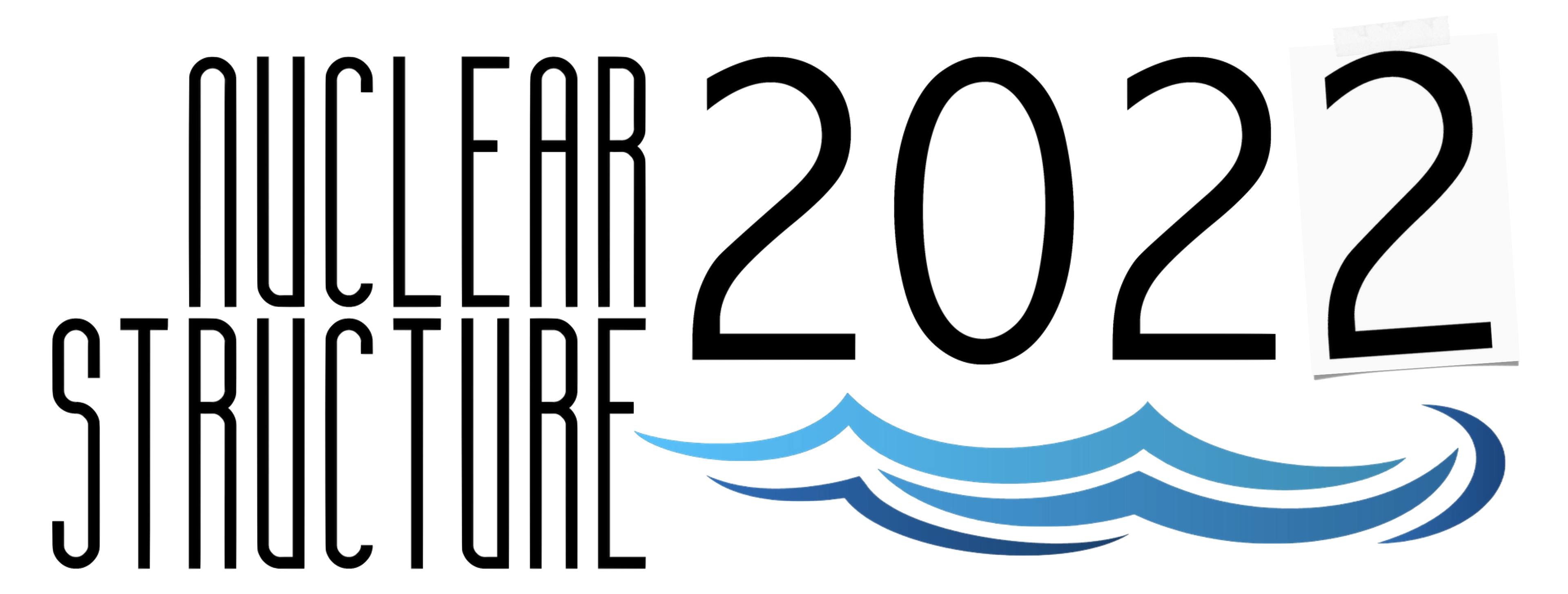Speaker
Description
Inelastic scattering is widely used to determine nuclear structure properties, but can also provide valuable (indirect) information on nuclear reaction cross-sections. Understanding the origin of heavy elements, for example, requires knowledge of neutron capture cross-sections for many exotic isotopes.
In addition to that, nuclear reactions play a key role in modern applications such as medical radionuclide production and nuclear power plants, to name a few. For example, neutron inelastic data are difficult to be obtained experimentally, requiring theoretical models to supplement the existing measurements, or even provide them when necessary. However, current inelastic scattering calculations rely on simplified and phenomenological models that are very limited in terms of precision and predictability. Standard descriptions assume spherical targets and make statistical assumptions that are often difficult to justify. Many nuclei of interest are deformed, and the associated degrees of freedom increase the complexity of the calculations and challenges the available models. To improve the predictive power of nuclear reaction calculations, we are combining a state-of-the-art nuclear structure approach with a modern reaction description. The excited states are assumed to be well represented by the deformed QRPA spectra constructed self-consistently on the top of HFB ground states. The angular momentum is restored by means of a projection formalism. We will present transition densities and electromagnetic transitions for representative deformed systems. Our objective is to obtain transition potentials between different nuclear states, a key quantity for both DWBA and coupled-channels calculation. This will enable us to make inelastic scattering predictions for deformed systems and to provide neutron scattering cross-sections for applied physics and proton scattering cross-sections for surrogate applications.
One of our goals is to obtain capture cross-sections for s-process branch points that will be combined with isotopic analyses of pre-solar grains, carried out by the Stardust collaboration at LLNL, to provide valuable constraints on models of stellar evolution. This work performed in part under the auspices of the U.S. Department of Energy by Lawrence Livermore National Laboratory under Contract DE-AC52-07NA27344, with support from LDRD 19-ERD-017 and LDRD 20-ERD-30.

